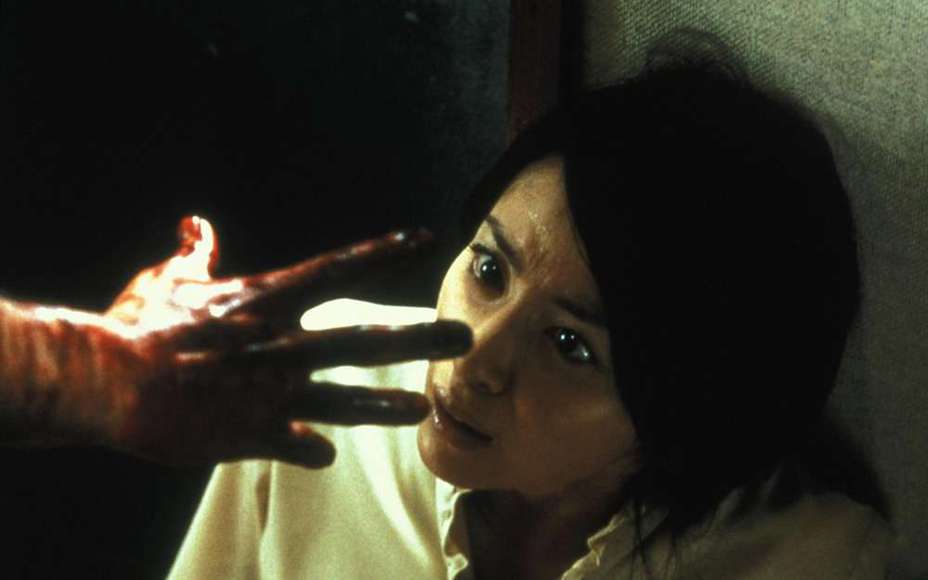By Aryan Vyas
There’s no doubt that these are arduous times. And it’s during such challenging times that we resort to art that’s made to enrich the soul. As the new year is upon us, I revisited one of my top favorite films from the past year- Chaitanya Tamhane’s “The Disciple”. Soon upon rewatching, I was certain that it was one of the best character studies I had watched in a while. Luckily around the same time, as a tribute to 100 years of Satyajit Ray’s cinema, Amazon Prime started streaming a bunch of the legendary artist’s work on their platform. It didn’t take me long to realize that Ray’s 1958 film, “Jalsaghar (The Music Room)”, had become my favorite movie of his. What blew my mind further, is when I realized that Ray had made the film just after “Aparajito”, before he went onto directing the fitting finale to one of the most influential and essential film trilogies of all time. I’ve always felt that there’s two parts to watching a movie. The one where you actively sit to watch the particular film, and the latter one where those images continue to play in your head long after the credits roll. Naturally, I started drawing parallels between these two titles, which revolve around Indian classical music, each telling the story of a man fading into the feudalism of it.
Watch This Title
on Amazon
In “Jalsaghar”, we follow an impoverished landlord (Zamindar), Bishwambhar Roy (Biswas) spending the end of his days on his estate, not joining in on life outside of it. Tamhane’s sophomore film on the other hand, tells the story of a struggling artist, Sharad Nerulkar who is trying to find his place in the world but just isn’t good enough. Both of these pristinely crafted character studies have one major thing in common on surface: characters obsessing over music and descending into it. But if you look closely, these are multifaceted characters who are coming to terms with their personal frustration, bitterness and failure.
Both”Jalsaghar” and “The Disciple” standout among the hundreds of overwrought Indian musical melodramas we tend to churn out annually, because of how straightforward these stories are. Their magic stems out of the mundane of the characters at center. Ray and Tamhane deliberately decided not to cast major professional actors for the majority of the parts. It also seemed essential to the directors not to have music or dancing as mere decorum within their picture, but rather make them core features of the plot and/or the characters of the film.

While Satyajit Ray’s way of telling the story emphasized more on slowly panning the camera into the faces of characters whenever required to hit home the emotions, Chaitanya Tamhane along with the DOP Michal Sobocinski shot most of the action in austere head-on, long-held shots. The quiet colors gave “The Disciple” a look that was as natural and unfiltered as possible. Both the films have extremely melancholic endings that don’t give us easy answers and make us contemplate.
Satyajit Ray was known for the use of all sorts of metaphors throughout his filmography, with the most notable one being the use of trains throughout “The Apu Trilogy” during post British rule in India, showcasing a sense of the technological shift in process. At a point in “The Disciple”, the story flashes forward several years. Both the films show such rapid technological influx by use of their stunning imagery, at points conveying the anguish and the frustration in the central characters’ minds, by the use of such cleverly incorporated metaphors. But this is never done in a head-on way; both directors master the art of film grammar which reflects in their work. For instance, Sharad’s old cassettes may be outdated ’80s technology, but they are also means of preserving and engaging with a timeless art form.
In fact, in an article for the LA Times, film critic Justin Chang even compared Tamhane’s use of visual storytelling to that of Satyajit Ray’s. “Jalsaghar” had one of the most evocative opening sequences ever put in a film (rightly observed by the late critic Roger Ebert and my favorite opening sequence). The chandelier is used to reflect Huzur’s state of mind in the film throughout its runtime. Such observant details are the characteristics of a great storyteller.
At the New York Film Festival in 1970, Ray was asked why he was now moving his camera more than in the Apu trilogy. “Because I can afford the equipment,” he replied with a smile. Being the first film to extensively incorporate classical Indian music and dancing, “Jalsaghar” was also voted #20 on the list of “100 Best Films” by the prominent French magazine ‘Cahiers du Cinema’ in 2008. It also appeared on Roger Ebert’s “Great Movies” list. “The Disciple” on the other hand, was one of the best-received entries at last year’s Venice, Toronto and New York film festivals (and the winner for screenplay prize at Venice). It solidified Tamhane’s name globally as one of the most prominent young filmmakers out there.
Similar to Charles Foster Kane in Orson Welles’ “Citizen Kane”, Lord Roy in “Jalsaghar” sits at the top of his estate when his servant brings his hookah, a lonely emperor who has become the material for legends among his subjects. There are also similar scenes in both the movies that illustrate how little these characters now appear in front of their room windows and mirrors; their loneliness is heightened due to such visual choices portraying their loosening grip over their individual relevance. “The Disciple” makes us wonder what it means to actually be a true artist. There is a nuanced distinction between subject and the story; these films are not on Indian classical music per se, but rather the visceral world that surrounds. There’s no one who couldn’t relate to the themes of acceptance, succession and obsession or be plagued by the fear of mediocrity. But at the heart of it, both the films ask one major question: How can we find our voice by losing our own?
















